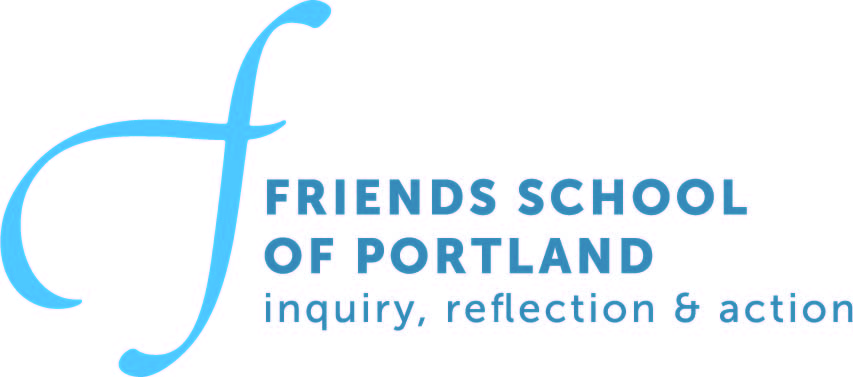Students in the 3-4 classes explored the National Parks of the US. Each student chose a different National Park to research, beginning with locating their park on a map, reaching out with specific questions to the National Park staff, and which Native people inhabited the land before it was established as a National Park.
Students wrote letters to each National Park visitor center with pointed questions. The following weeks, students eagerly awaited the arrival of the mail! Each National Park sent students thoughtful answers and information about the parks and their natural features. Students also learned what a geologist studies and what natural forces change the topography of a landscape. Students learned which forces shaped the land in their chosen National Park, and identified specific geological features.
Each class spent time researching the Native Land Digital map site and then spoke with an Indigenous Alaskan National Park Ranger via Zoom about some of the parks in Alaska and their relationship with the indigenous peoples of Alaska.
Students then framed their research through the lens of Traditional Ecological Knowledge (TEK), a way in which the knowledge of indigenous peoples throughout our country is honored and used to help manage the National Parks and their resources.
Students discovered how scientist Suzanne Greenlaw is leading a conservation effort in Acadia National Park incorporating TEK and involving Wabanaki harvesters to restore the sweetgrass population and make the location in Bass Harbor available to Indigenous harvesters in a sustainable way.
As students learned about National Parks near and far, students participated in nature explorations on campus. Students integrated the values and practices of “Leave No Trace” into their hiking. One 3-4 teacher shared that students noted, “once you get to know something well, you are more likely to act with care in its presence.”
Students presented their final projects to peers and their families. The final projects included a 3-D map of their park and a persuasive letter of why one should visit their chosen park.

